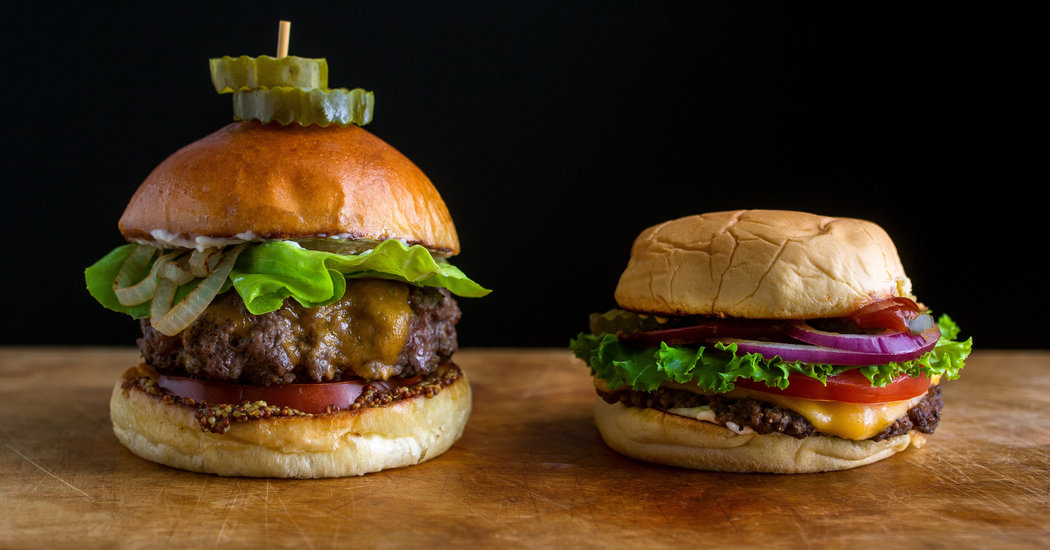
Nonstick pans are now available in a wide range of materials. Each has their own benefits and drawbacks. Teflon is one of the most widely used materials. It is well-known for its durability and resistance to high temperatures. Teflon can become toxic to food if it is heated too much. This article will cover Teflon and its alternatives. This is the type of coating that nonstick pans with the best results are not likely to have.
PFOA
Use of nonstick cookware with PTFE and PFOA is not recommended at high temperatures. These coatings are extremely flammable and quickly lose their effectiveness. Use of metal utensils to scratch a nonstick coating can also cause it to degrade and release chemicals. This article will discuss the potential health risks and possible health consequences of using PFOA-coated pans. Here are some tips to help you get a holistic understanding of nonstick pans.
PFOA (and other PFAS chemicals such as PTFE) are persistent in our environment. That means that if you use non-stick pans ten years ago, the chemicals are still in the air, groundwater, and even in our drinking water. Due to these dangers, the Environmental Protection Agency(EPA) and World Health Organization (WHO), have issued a Health Advisory. These chemicals are "possibly cancer-causing to humans."
PTFE
Nonstick pan coatings made of PTFE are most popular and can prove to be extremely useful when preparing meals for large groups. They protect food from sticking to the bottom of the pans without the use of oil or nonstick sprays. Nonstick pans coated with PTFE are more expensive than regular nonstick ones. These nonstick pans do require regular maintenance and care. FDA considers nonstick pan coatings made of PTFE safe, however they are not completely harmless. Ceramic cookware can be healthier. Cast iron is free of PTFE, so it is a safer option.

PFAS is a long-standing ingredient in cookware. Many of them have been dumped in the waterways unregulated, and the Environmental Working Group states that 19 million Americans may be at risk. "Gen X," chemicals are the newest and most commonly used in non-stick pan coats. The safety of these coatings has been questioned due to the lack of testing. Greblon produces several types of nonstick pan coatings.
Teflon
There are several problems with nonstick pans that have a Teflon coating. Most of these issues are caused by the Teflon nonstick coating, which is made up of PFOA and polyfluoroalkyls substances (PFAS). While these chemicals have been banned over the years, some cookware still uses it. The best way to avoid these hazards is to avoid Teflon pans, and look for nonstick cookware made of other materials.
Teflon Non Stick Pans contain PFOA. It can cause damage to the environment. It has been linked with cancer and chronic kidney disease and has been shown that it can affect the male reproductive system. The toxic fumes released by the pan when it is overheated should be avoided. Avoid heating empty Teflon pots in the oven.
Nanoparticles
Nanoparticles that are novel in nature were created for non stick pan coatings. They are currently being evaluated for their use in food contact applications. While it is not known how non-stick coatings release nanoparticles, recent studies show that they can leach into food at high temperatures, repetitive use, or when the surface of the pan is damaged. This new technology is still in development, but it could be useful in nonstick pans.

PTFE is a common substance found in nonstick pans. There are many concerns. The chemical pyrolysis products of heated polytetrafluoroethylene can cause acute toxicosis in budgerigars. However, these products don't cause harm to large numbers of people and are therefore safe for small amounts.
FAQ
Are there any requirements to become a chef?
No. Many chefs learned their craft on their own. Some chefs even attended culinary school to gain more experience. But most chefs prefer culinary school as it offers them more opportunities for learning and growth. Culinary schools offer students hands-on training, which helps them build valuable skills and improve their cooking knowledge.
What should a beginner cook start with?
Beginners should begin cooking simple dishes like soup, pasta, and rice. For those who want to learn how cook, a recipe book is a good option. Cooking can be fun when done with a partner. You can cook together as a family or with friends.
How to become a chef
There are many ways to become a chef. To start, you can take a course at your local community college. Next, consider attending culinary school. Finally, you can take a paid internship.
Statistics
- On average, chefs earn $58,740 a year, according to the BLS. - learnhowtobecome.org
- According to the BLS, chefs earn $58,740 a year. (learnhowtobecome.org)
- under 10 Kids have been taught that there is special food just for them, and Fiese says that 10 percent of kids will throw a tantrum if they don't get the food they want. (washingtonpost.com)
External Links
How To
How to become a chef
One of the most exciting careers is that of a chef. It is difficult to know what job you would like, as it requires a lot in the way of knowledge and skills. You can start immediately if you are looking to enter this field. You can choose to work at restaurants or in catering companies. These tips will help you make a decision.
-
Learn how to cook! Everybody should learn to cook once in their lifetime. Learn how to cook even if you don’t know much about cooking. There are many recipes online that are simple to follow. Remember to take your time when learning new things. Take it slow and enjoy each step.
-
You should get a degree in culinary arts
If you wish to become a professional chef, a culinary arts degree might be the right choice. You will develop your own taste and style while learning valuable knowledge. Culinary schools offer courses such as baking, pastry making, meat cutting, and much more. Students are required to stay in class for several years before graduating. You should consider carefully before you choose any school if you want to be a chef.
-
Work in a restaurant
Working in a restaurant is probably the easiest way to enter the world of chefs. Because they have the opportunity to gain practical experience, most people decide to become chefs. Restaurants want qualified staff, especially if they have had experience in other fields. Restaurant jobs are a great way to get a job as a chef.